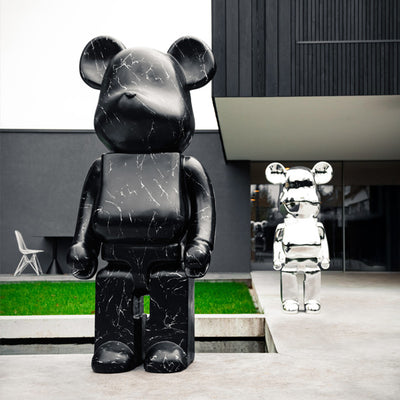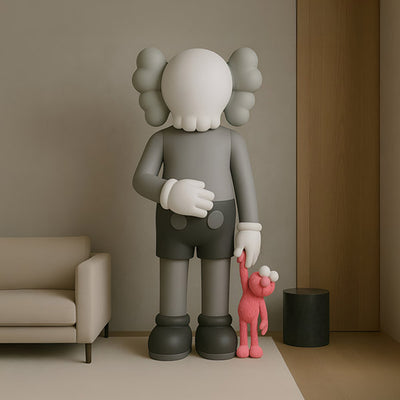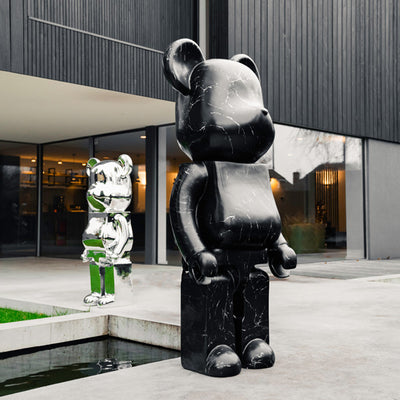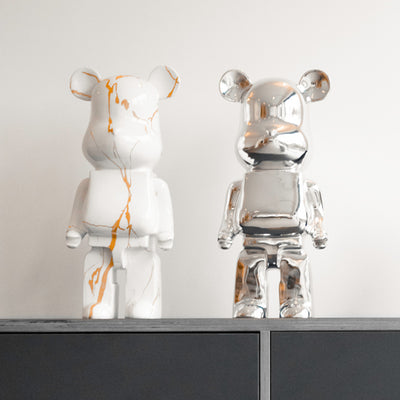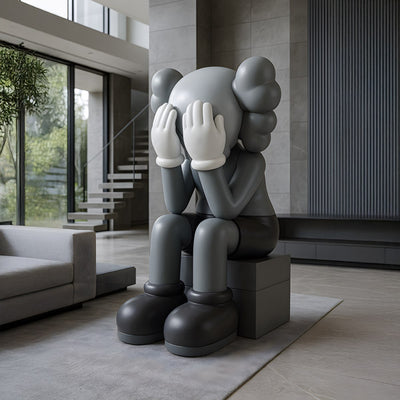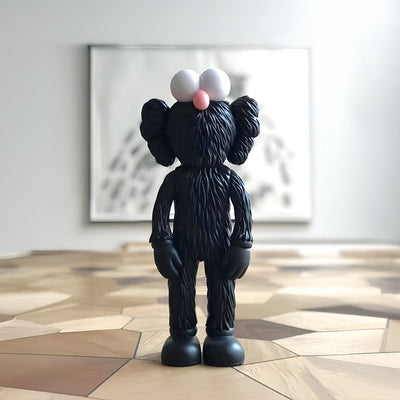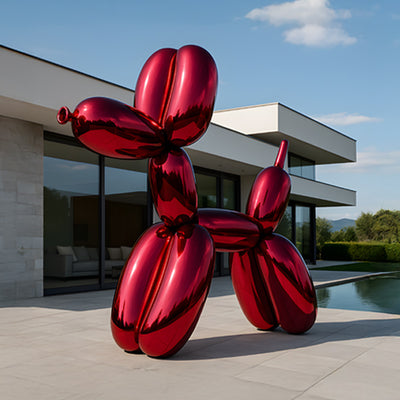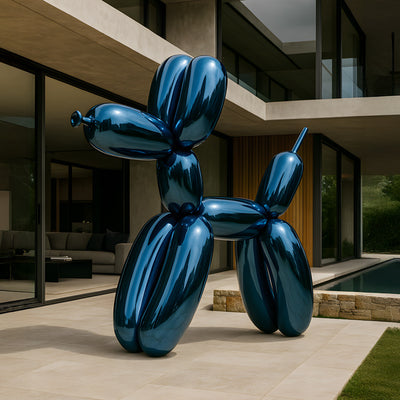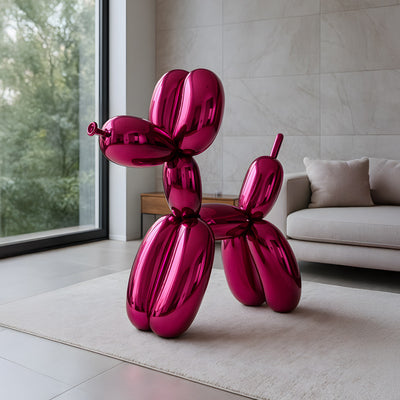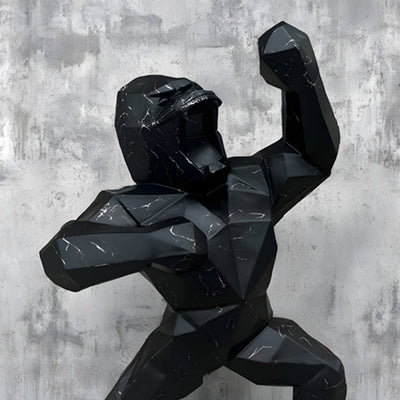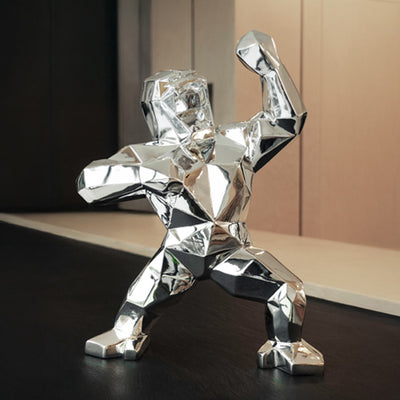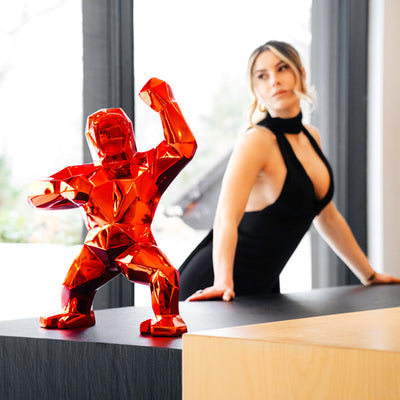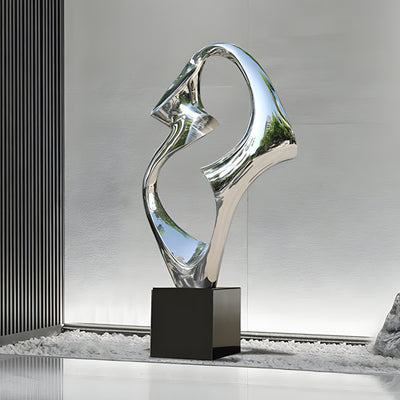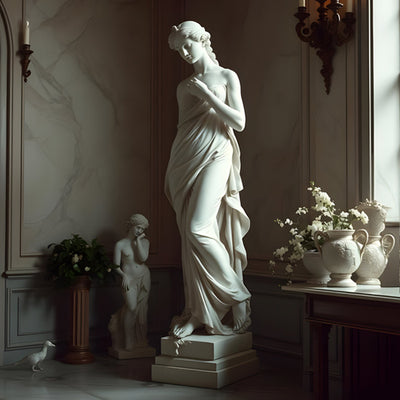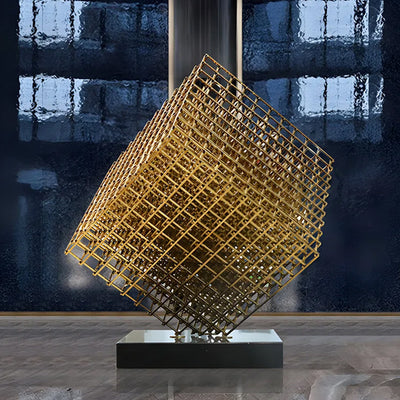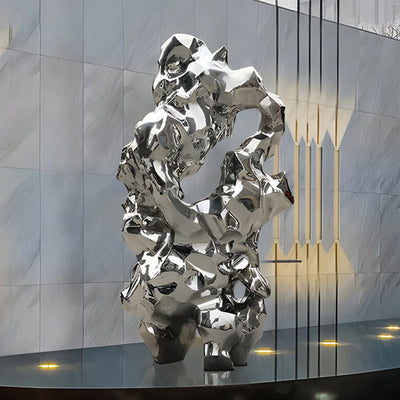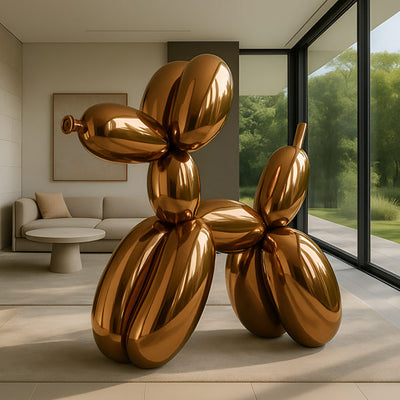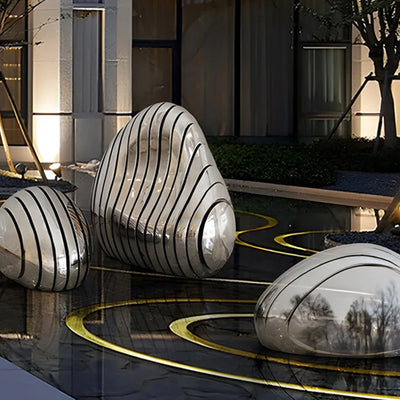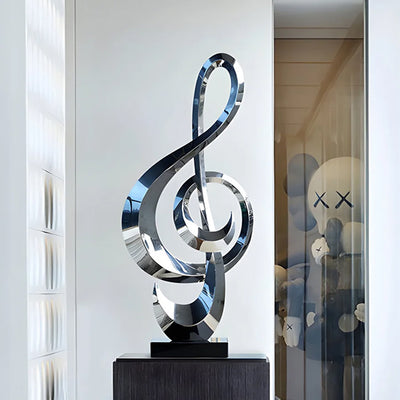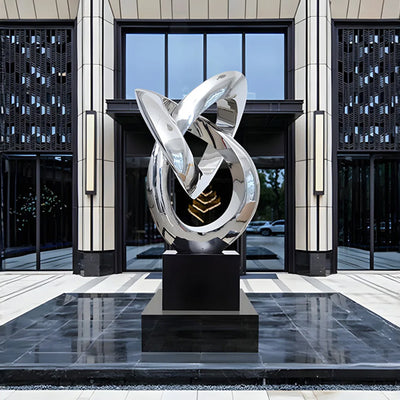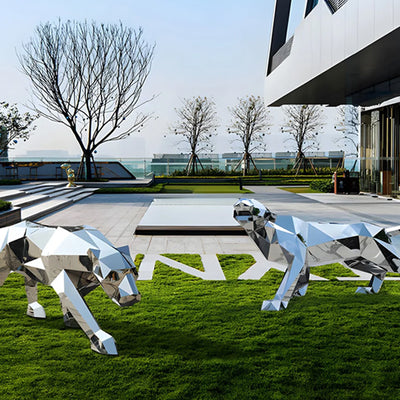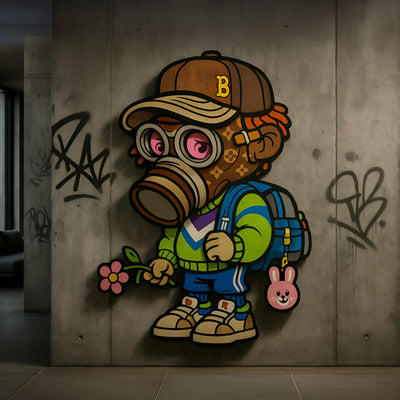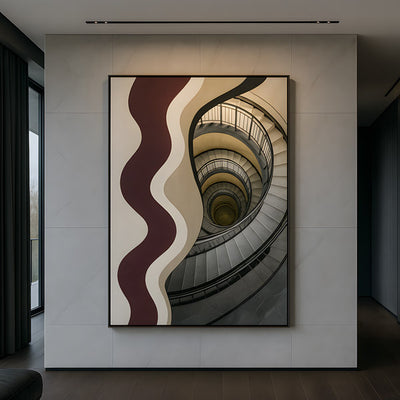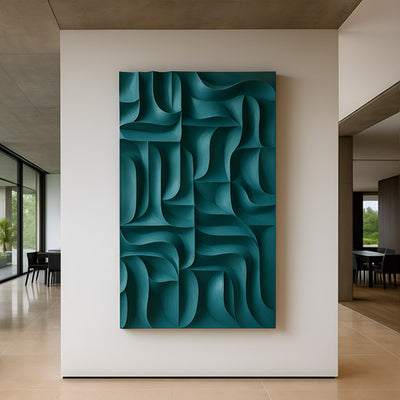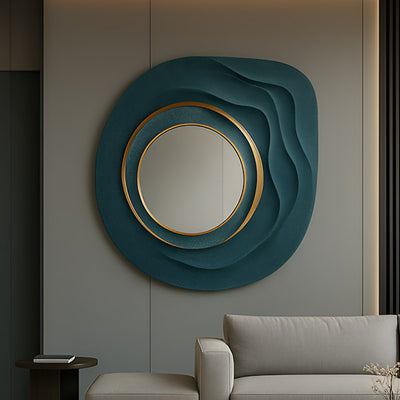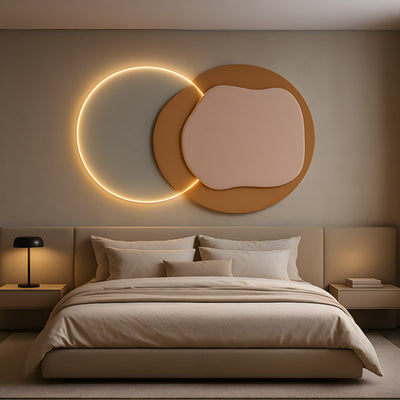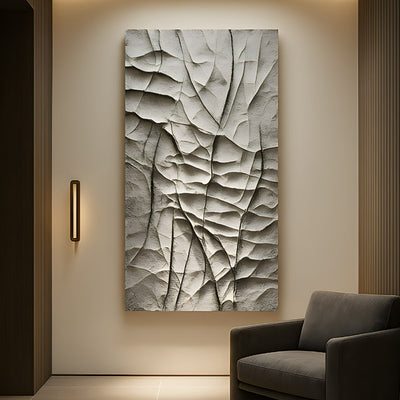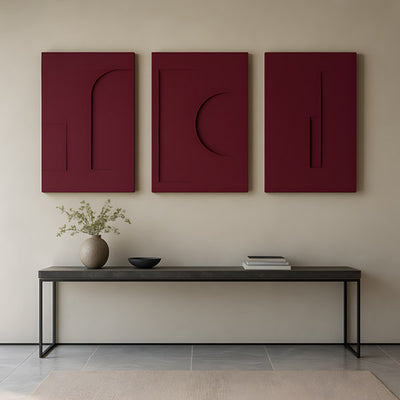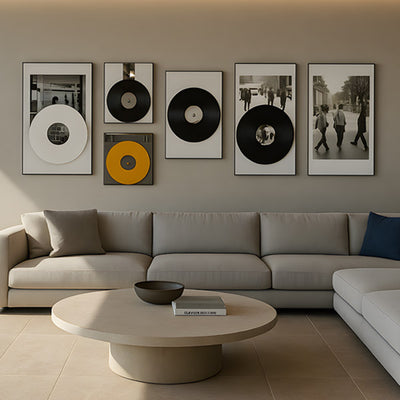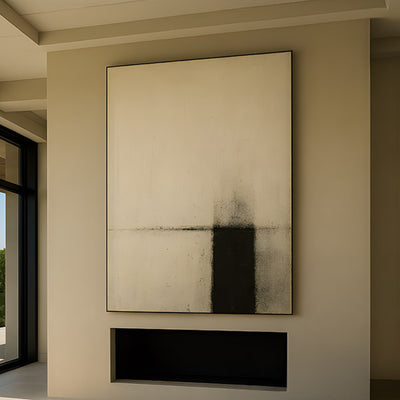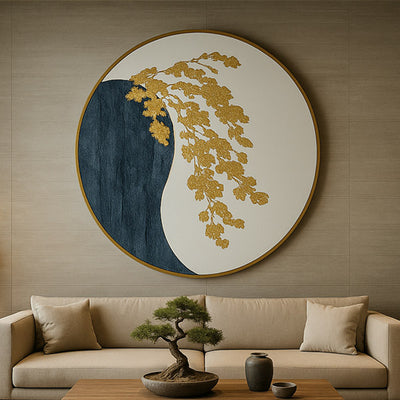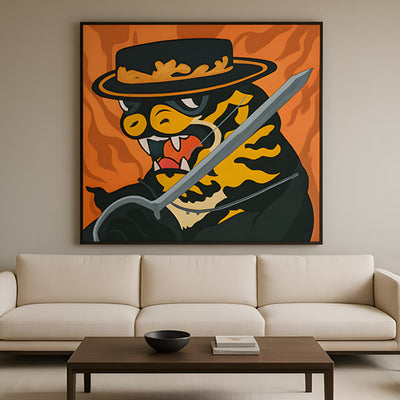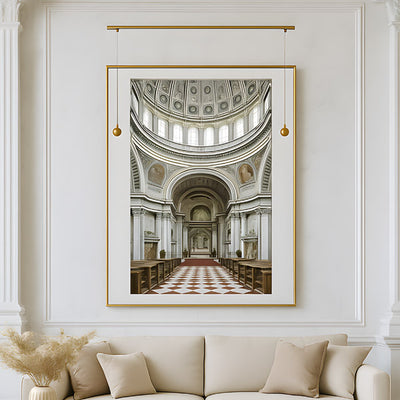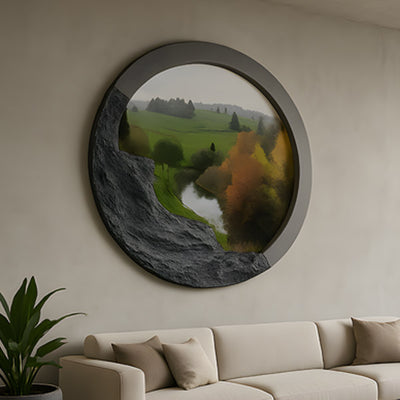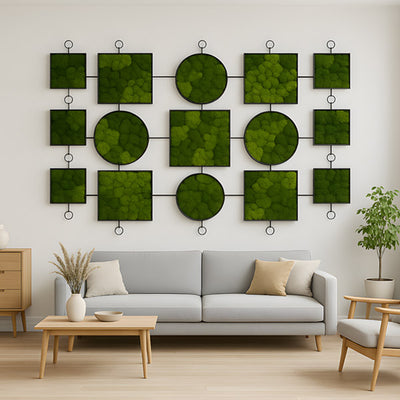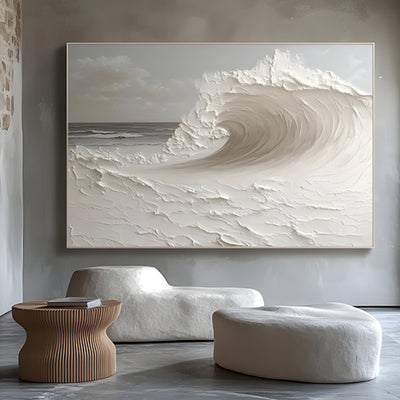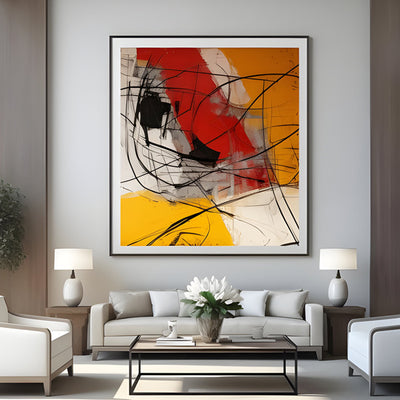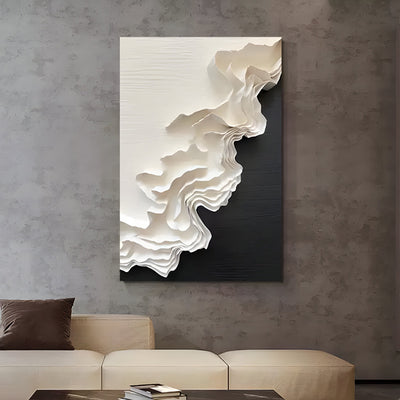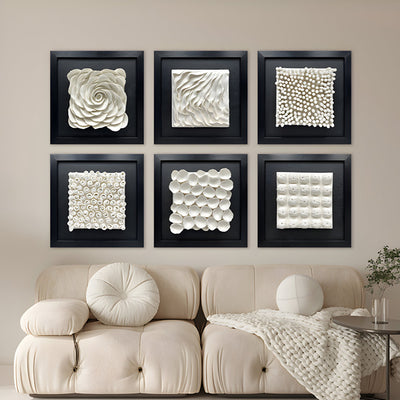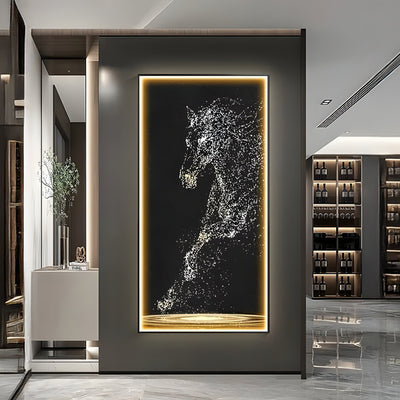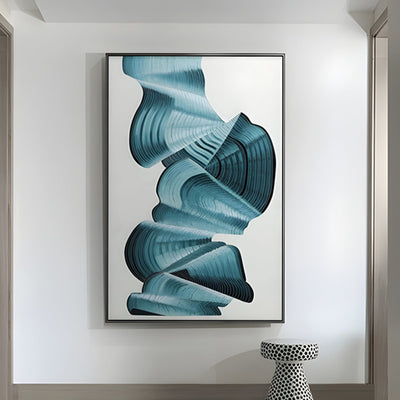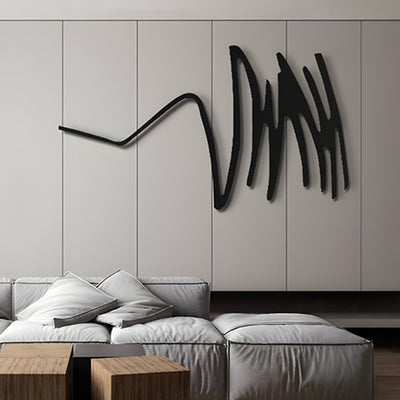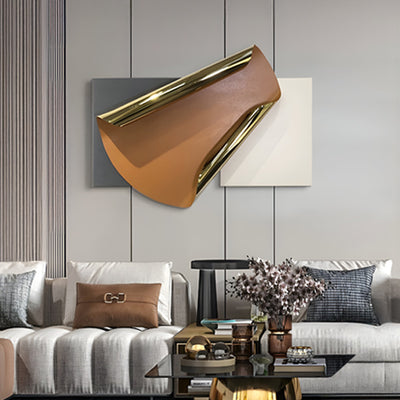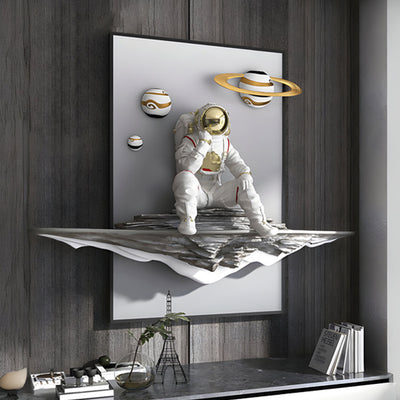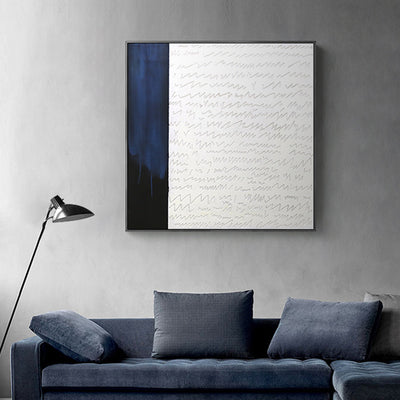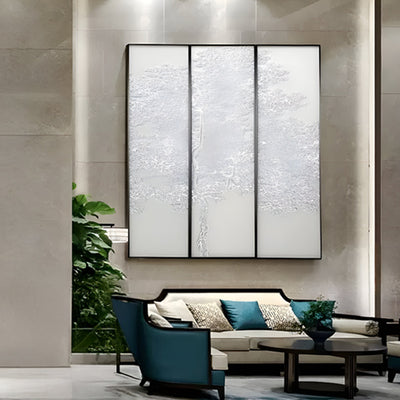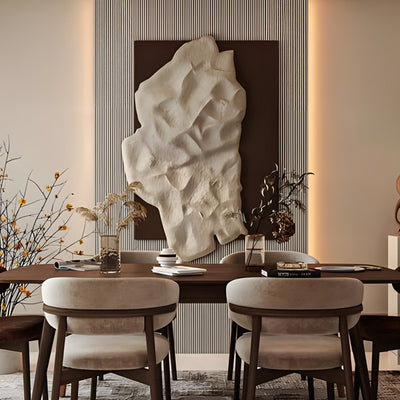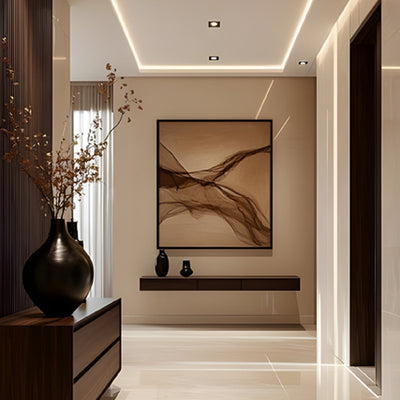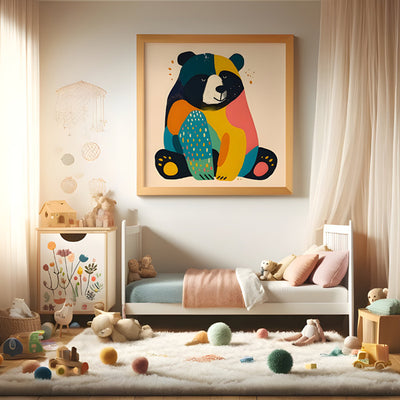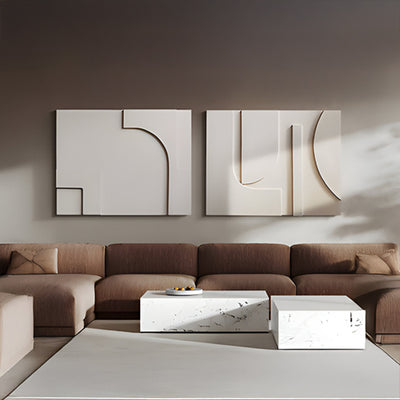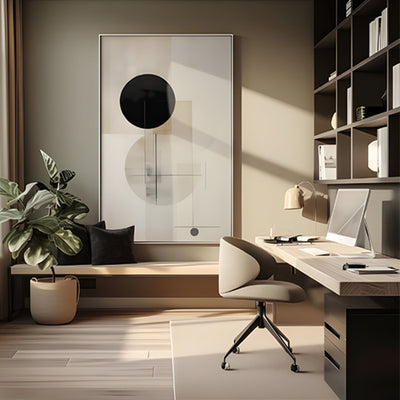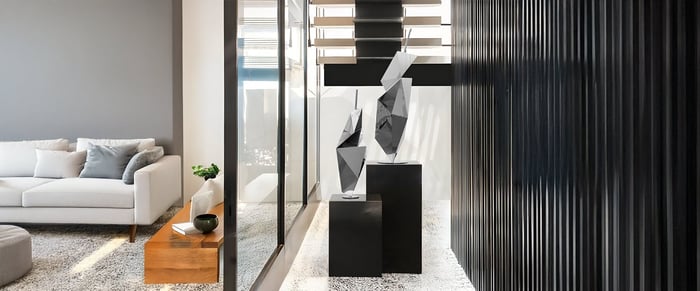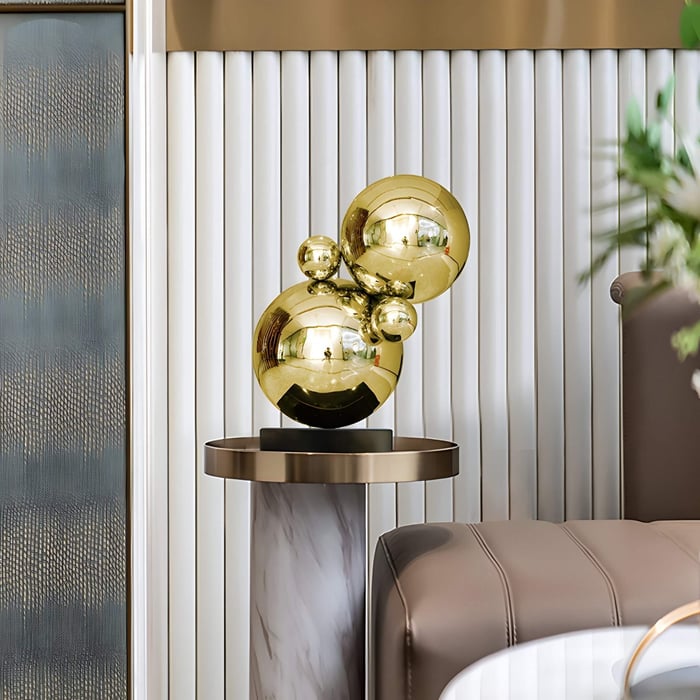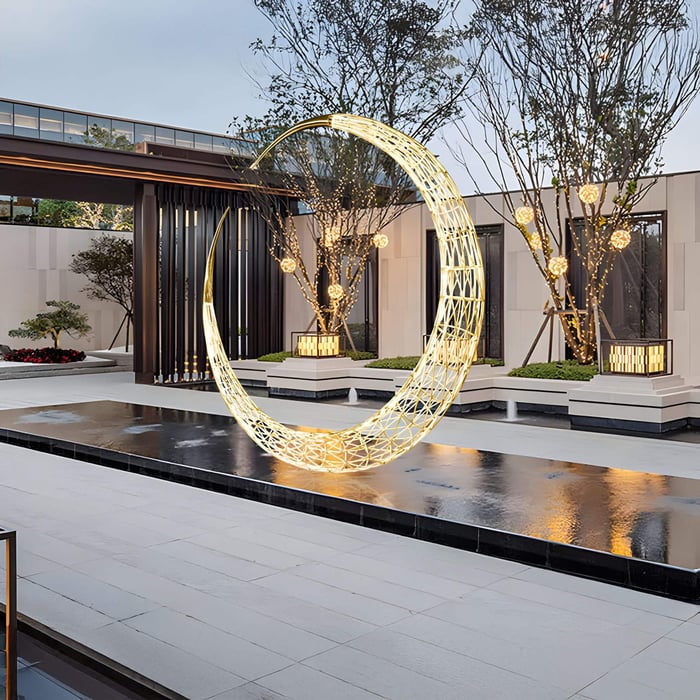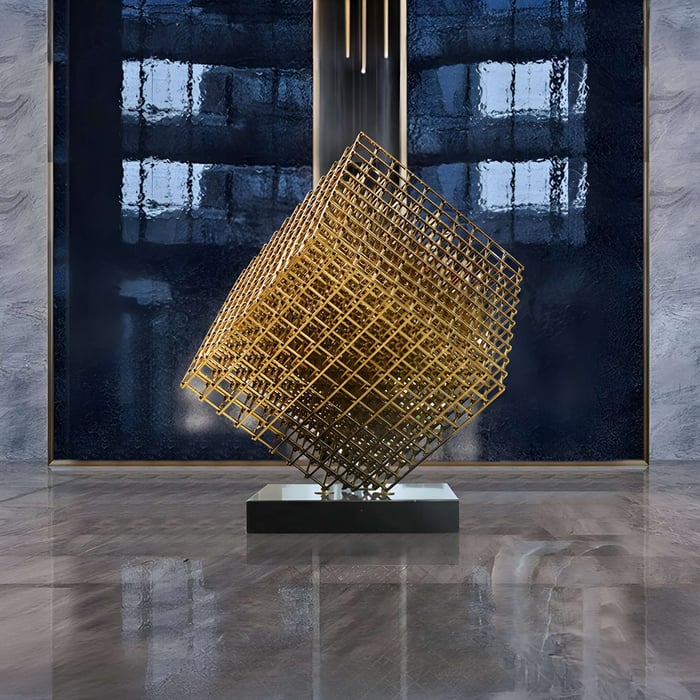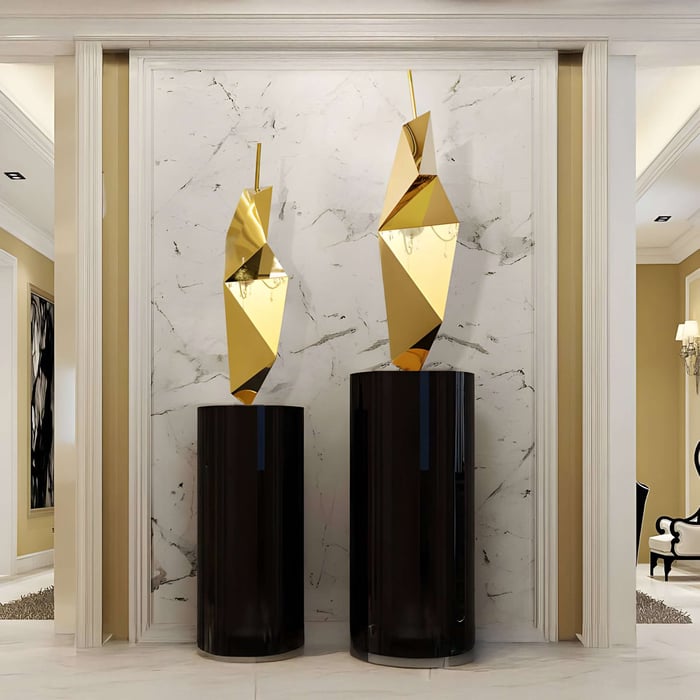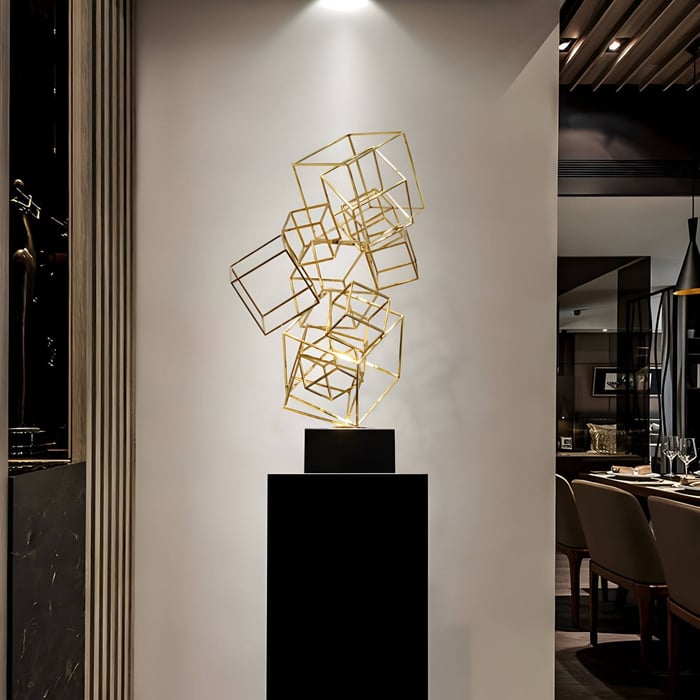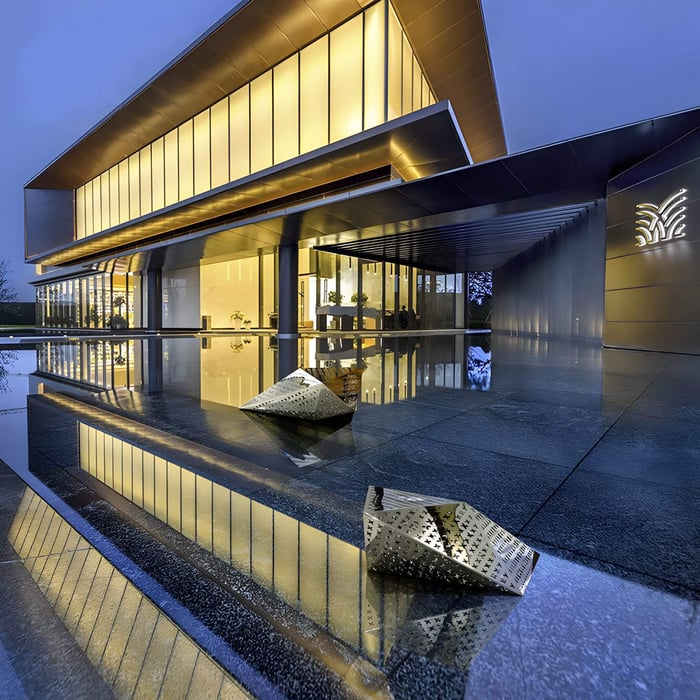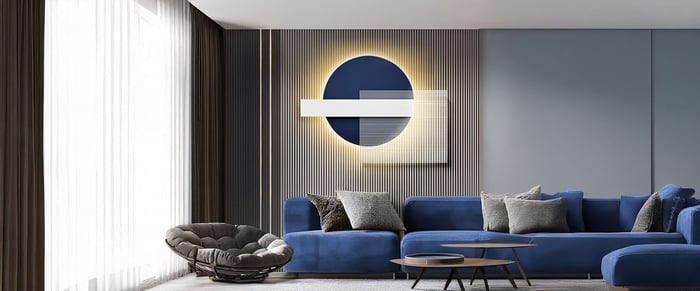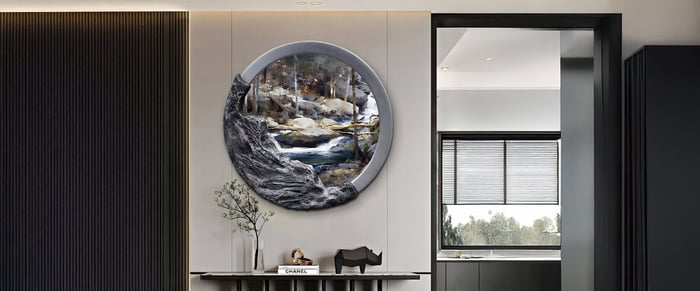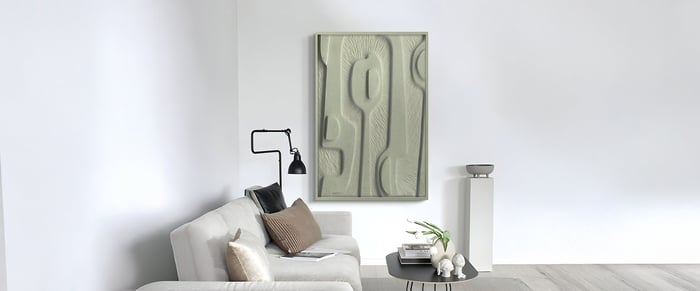The Allure of Geometric Sculptures
Geometric sculptures are more than just angular shapes in a gallery or a striking piece in a public square, they’re the physical embodiment of form, rhythm, and balance. From clean-cut cubes to sweeping arcs and tessellated planes, these works have a way of commanding attention while still honouring the quiet precision of mathematics. They sit at the crossroads of abstract sculptures and technical mastery, offering both visual intrigue and structural clarity.
Born from early explorations in form, geometry in sculpture has evolved dramatically, from symbolic carvings in ancient architecture to minimalist forms in modern sculpture and digitally rendered structures in contemporary art. Whether forged from stainless steel, shaped from stone, or 3D-printed from composite materials, geometric sculptures continue to bridge eras, disciplines, and spaces.
In this post, we’ll trace their origins, dive into the maths behind their form, explore materials and methods, look at where they’re showing up today, and offer tips for collectors interested in geometric work. Whether you’re designing a public plaza or curating your home with intention, understanding these pieces adds depth to any display.
Historical Evolution of Geometric Sculptures
Where Form First Found Shape
Geometry in sculpture isn’t a modern invention. Civilisations across Mesopotamia, Egypt, and Greece used geometric patterns in friezes, architecture, and ceremonial objects. These early forms were driven by symmetry, proportion, and repetition, values that still inform sculptural design today.
Fast forward to the early 20th century, and we see a seismic shift. Movements like Cubism, Constructivism, and De Stijl brought geometry into the spotlight, not just as decorative structure but as the core subject of the work itself.
Naum Gabo used transparent materials and curved planes to create motion-filled, mathematically inspired constructions.
Piet Mondrian, better known for his paintings, influenced sculpture with his emphasis on vertical and horizontal lines and primary colour logic.
Peter Forakis, a pioneer of American minimalism, built large-scale steel works using calculated angles and interlocking forms.
These artists helped push geometric sculptures into mainstream discourse, blending abstract art ideals with architectural structure and philosophical intent.
The Mathematical Precision in Geometric Sculptures
When Art Gets Technical
One of the defining features of geometric sculpture is its relationship with mathematics. Unlike organic or figurative works, these pieces rely on precise angles, repeating forms, and calculated relationships.
Circles, triangles, and squares are more than shapes, they’re compositional anchors. Artists often build around symmetrical arrangements or use irregular patterns in tension to create contrast and movement. The Golden Ratio, a formula found in everything from seashells to Renaissance art, often appears in the proportions of contemporary geometric pieces.
Mathematics also ensures physical balance. In large outdoor or public art installations, these principles aren’t just aesthetic, they’re structural. The interplay of geometry and gravity requires careful planning, especially when working with weighty materials like stainless steel or stone.
In some cases, digital modelling tools simulate the spatial and structural integrity of these works before a single weld or cut is made. It’s where 3D geometric design meets art, physics, and engineering.
Materials and Techniques in Crafting Geometric Sculptures
Substance Shapes Meaning
Material choice plays a major role in the aesthetic and message of a geometric sculpture. Each material brings its own texture, weight, and visual presence.
Stainless steel sculptures dominate contemporary landscapes for their durability, sleek surface, and reflective quality. They’re ideal for both indoor display and outdoor resilience.
Wood offers warmth and contrast, particularly effective in minimalist or natural interiors.
Stone, though more traditional, provides weight and permanence, often used in geometric reinterpretations of classical forms.
Modern composites like resin, fibreglass, and carbon fibre enable lighter builds and intricate detail, perfect for experimental or hanging forms.
Techniques vary depending on the material:
Welding for steel and metal alloys.
Carving for stone and wood.
3D printing for digital-to-physical transitions.
Each technique affects the final expression, whether you want clean edges and cold precision or a more tactile, hand-finished effect.
Contemporary Applications and Market Trends
Where Form Finds Function
Geometric sculptures are no longer confined to gallery corners. They’ve become fixtures in contemporary sculpture collections, urban planning, and luxury interior design.
Public art installations often lean on geometric forms for their universality. Whether it's a massive arch in a city square or a cluster of reflective prisms on a waterfront, these sculptures are designed to invite interaction without demanding explanation. Their mathematical clarity speaks across languages and cultures.
In residential design, geometric pieces act as architectural punctuation, balancing minimalist interiors with strong, structured visuals. 3D geometric design fits seamlessly into modern aesthetics, especially when paired with concrete, glass, and neutral tones.
Collectors, too, are turning to geometric works as a form of art investment. The clean forms age well. The demand is steady. And with the rise of digital rendering and scalable production, even smaller pieces hold resale value and relevance.
Meanwhile, digital art and virtual reality are expanding what geometry can do. Artists now create virtual sculptures with impossible physics, inspiring physical versions that test the limits of material and fabrication.
Collecting and Investing in Geometric Sculptures
More Than Just Decoration
If you're considering adding a geometric piece to your space or collection, here’s what matters:
Authenticity and provenance: Seek original works or certified editions, especially from artists with established portfolios in modern sculpture or public installations.
Material quality: Whether you're buying a tabletop object or a 3-metre statement piece, materials like stainless steel or sealed composites hold up better over time.
Artist reputation: Emerging names offer potential value appreciation, while established artists provide stability.
Size and placement: Consider lighting, visibility, and how the sculpture interacts with surrounding architecture or landscape.
Maintenance: While most materials are durable, be aware of exposure to elements, especially with polished metal surfaces. Cleaning and upkeep can affect long-term value.
Geometric works are often timeless, making them smart additions for both aesthetic value and potential future return.
The Future of Geometric Sculptures
As boundaries between disciplines continue to blur, expect geometric sculptures to evolve with them. Artists are merging disciplines: coding, architecture, and environmental science inform new works. Digital fabrication opens possibilities that were once unimaginable. Light, movement, and even sound are becoming regular features.
But through it all, the draw remains the same, geometry’s balance, beauty, and power to communicate without words.
Whether you're decorating a room, curating a collection, or commissioning a piece for a public space, geometric sculpture offers a rare mix of clarity, precision, and emotional impact.
👉 Ready to experience the beauty of form and function? Explore Giant Sculptures’ collection of geometric sculptures, crafted with intention, made to endure, and designed to speak to space.

